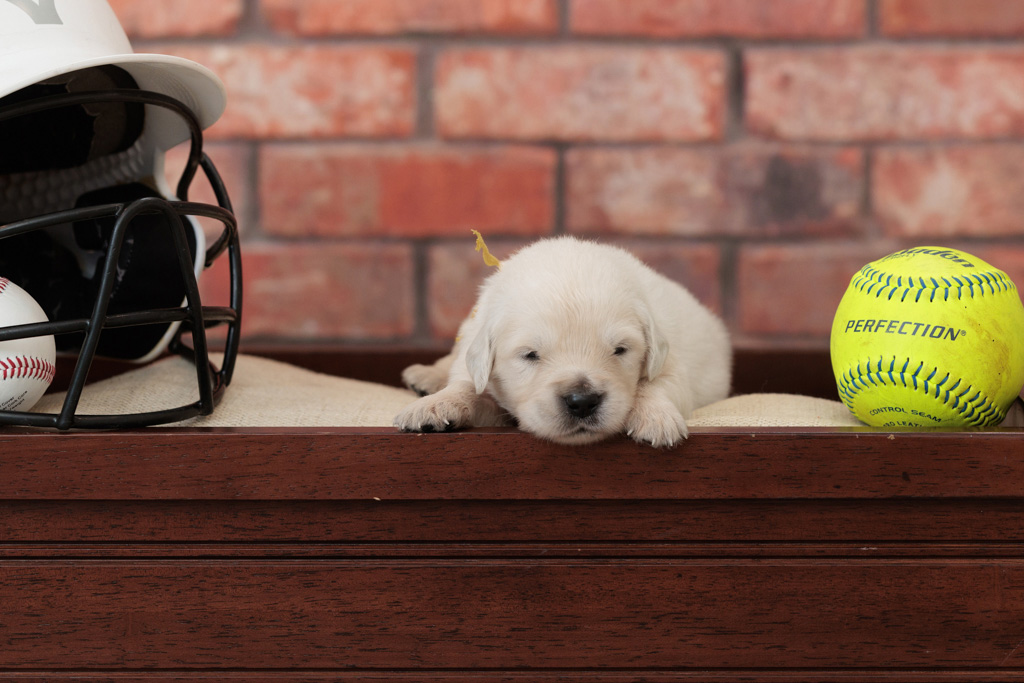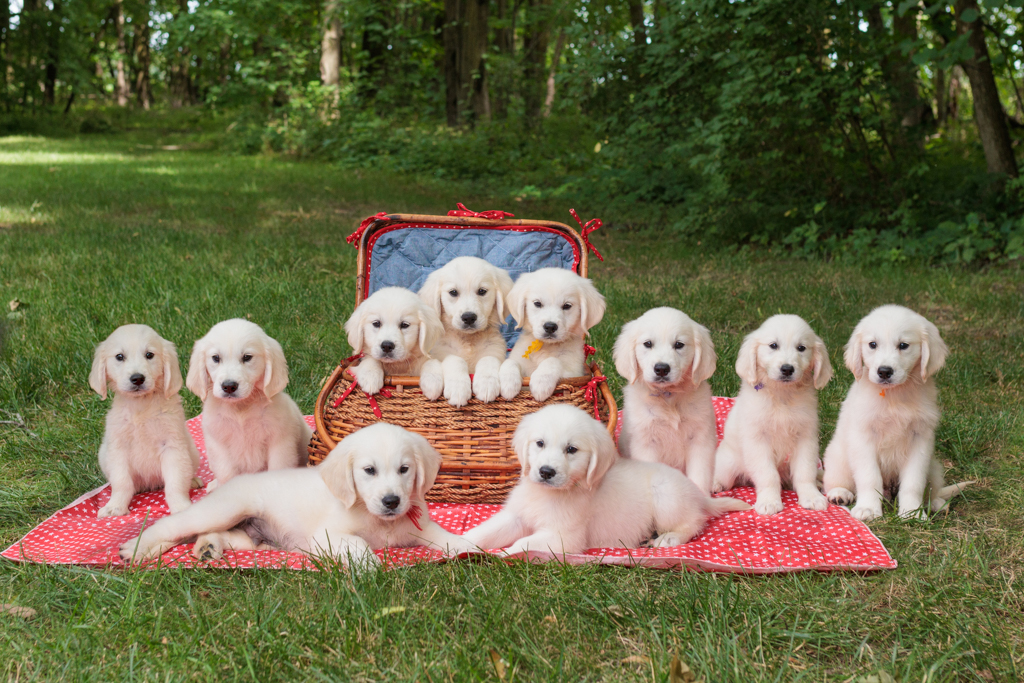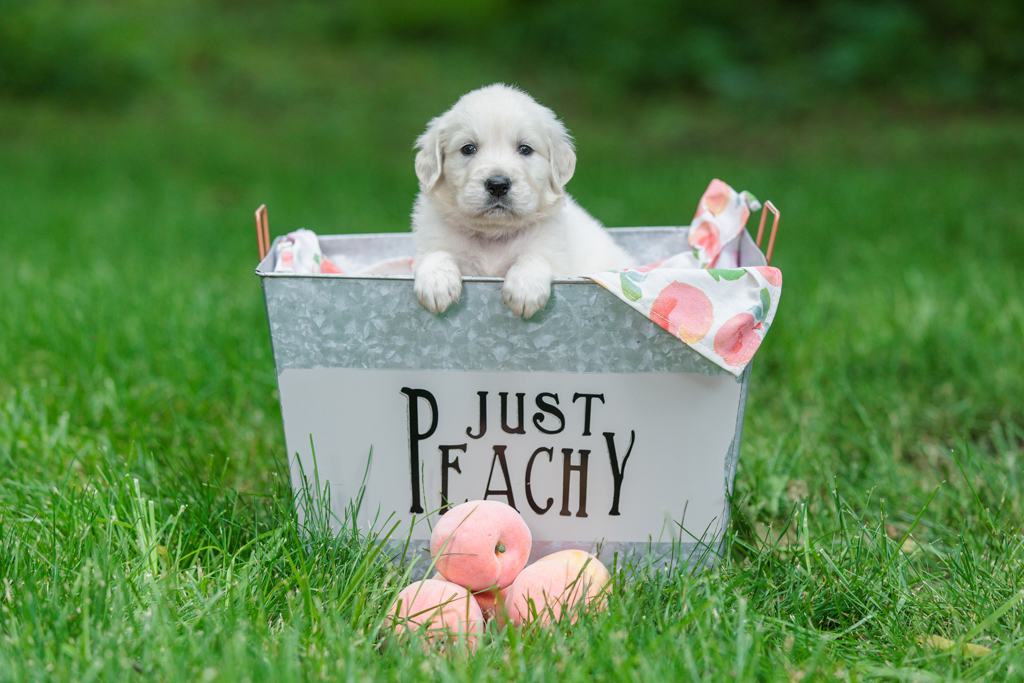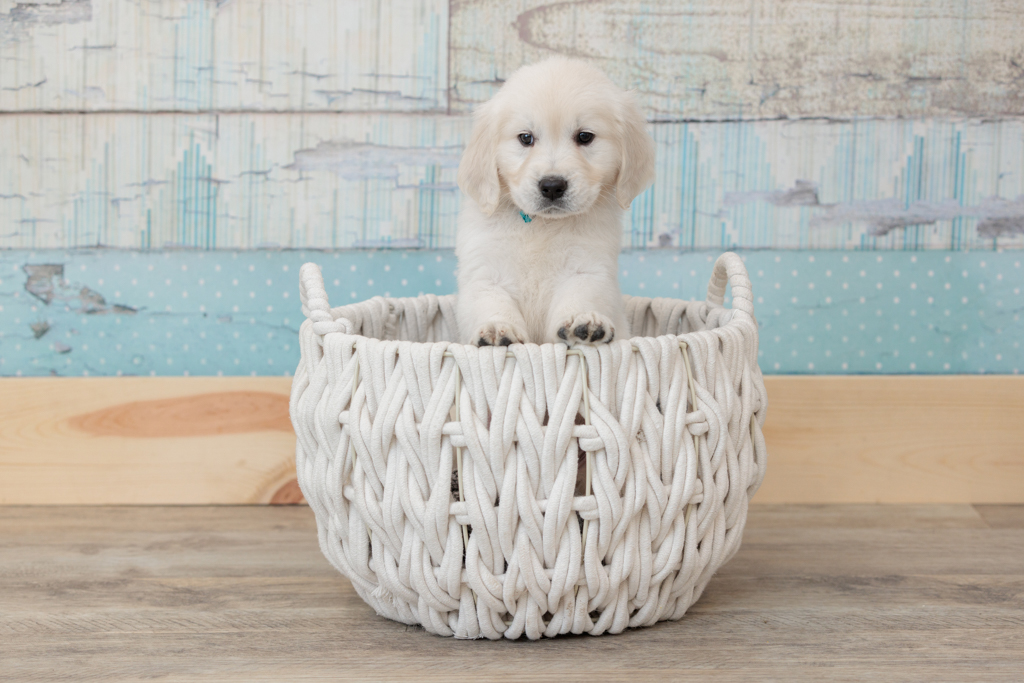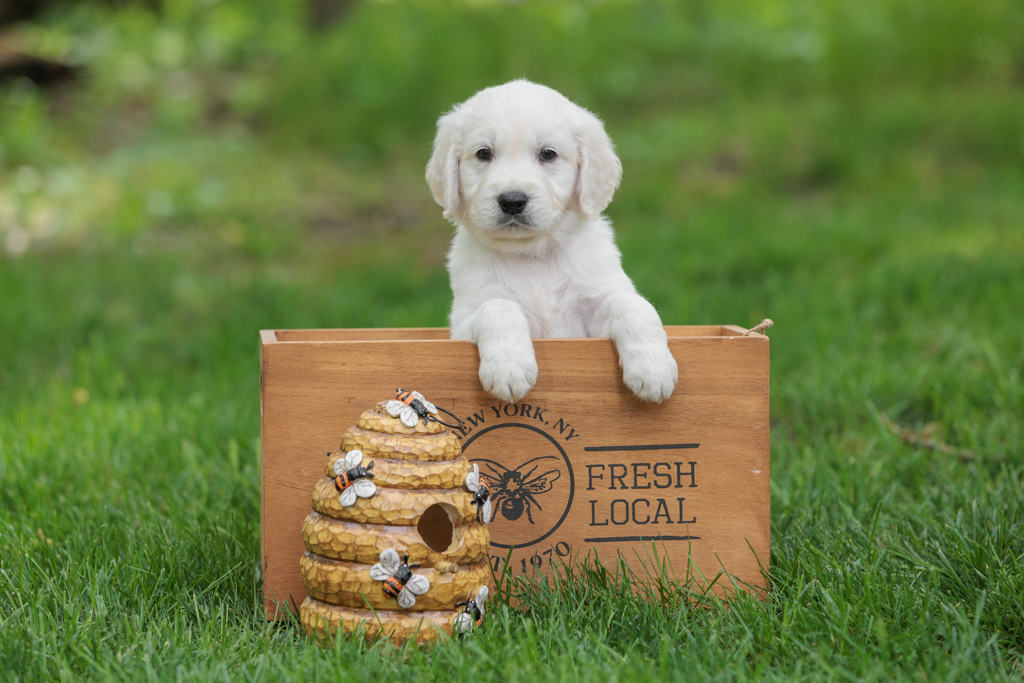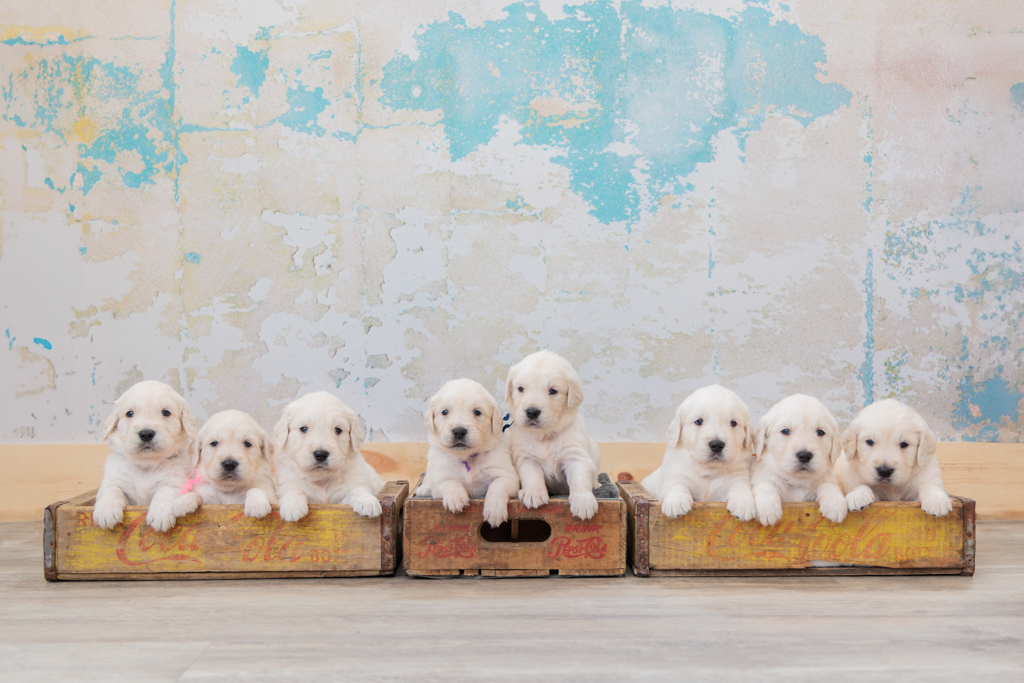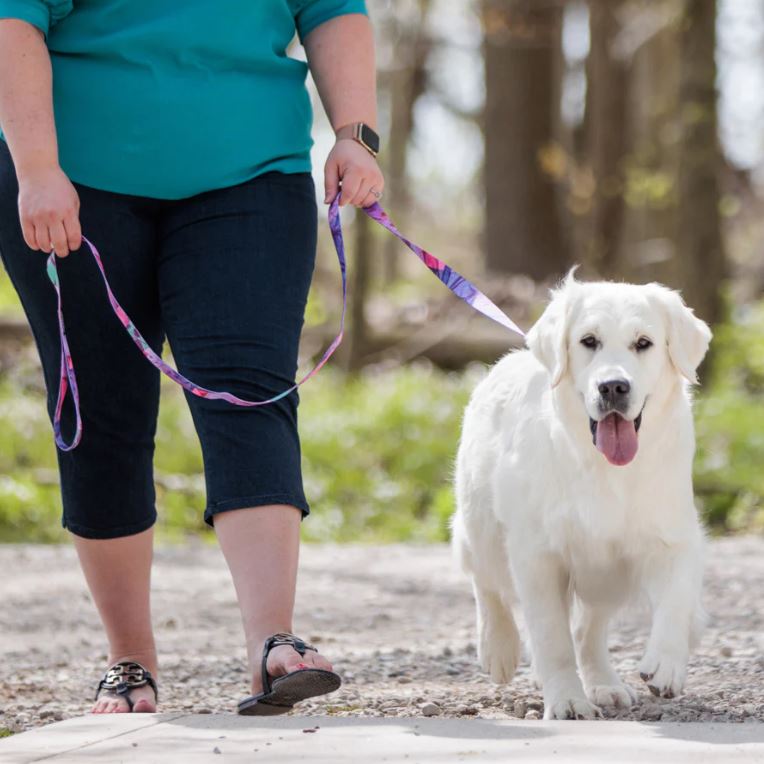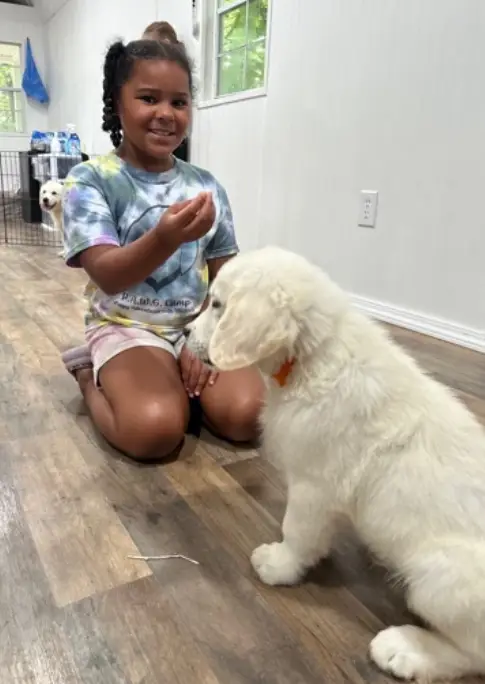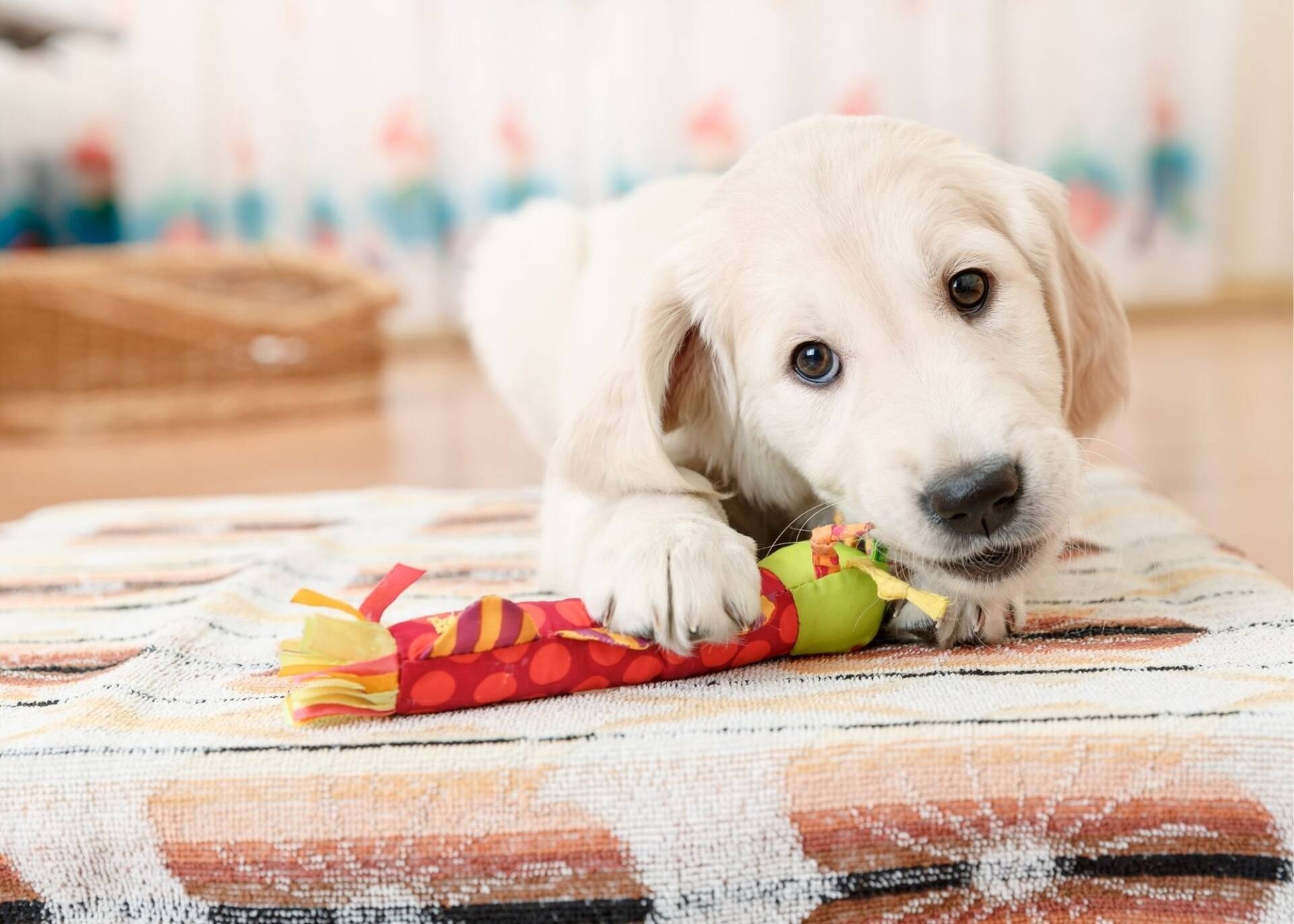Bringing home an English Cream Golden Retriever puppy is an exciting time. It’s filled with joy, anticipation, and a fair share of questions.
One of the most common queries is when to start puppy training classes. This is a crucial aspect of raising a well-behaved and sociable pet.
Puppy training classes offer a structured environment for your pet to learn essential behaviors. They also provide an opportunity for early socialization, which is vital for this breed.
This comprehensive guide will delve into the optimal timing and best practices for starting puppy training classes. It will cover everything from puppy behavior training to potty training, and various puppy training techniques.
Whether you’re a new pet owner, a veterinarian, or a pet care blogger, this guide will equip you with the knowledge you need. Let’s embark on this journey to ensure a nurturing and safe environment for your English Cream Golden Retriever.
Understanding Your English Cream Golden Retriever’s Training Needs
English Cream Golden Retrievers are known for their gentle demeanor and intelligence. These traits make them highly trainable, but they still have specific training needs to consider.
It’s important to understand their natural curiosity and playful nature. These can often lead to mischievous behavior if not properly directed. By recognizing these traits early on, you can tailor your training approach to align with their temperament.
Training should include activities that challenge their minds and bodies. This will help keep them engaged and prevent boredom, which can lead to undesired behaviors. By meeting these needs, you will nurture a balanced and happy dog.
The Best Age to Begin Training Classes
Determining when to start puppy training classes is crucial for your English Cream Golden Retriever’s development. Generally, the optimal age to begin is between 7 to 8 weeks old. This is the stage when puppies are most receptive to new experiences and learning.
Early socialization is vital during this period to shape positive interactions. Exposing them to diverse environments, people, and other animals prevents future behavioral issues. This socialization forms the foundation for a well-adjusted adult dog.
It’s important to ensure your puppy’s vaccinations are up-to-date before joining group classes. Discuss with your veterinarian the appropriate schedule for vaccinations to protect your puppy’s health. This ensures a safe learning environment for all puppies involved. Proper vaccination considerations prevent the spread of illnesses during these initial stages of training.
Selecting the Right Puppy Training Classes
Choosing the right puppy training class is essential for your English Cream Golden Retriever’s success. Look for classes that prioritize positive reinforcement techniques. These methods encourage good behavior through rewards and praise, fostering a positive learning environment.
Check the qualifications and experience of the trainers leading the classes. They should understand the specific needs of each breed. Trainers must adjust their methods to fit different personalities. A good trainer can offer advice that matches your puppy’s temperament and learning speed.
Also, make sure the training facility is clean and safe. This will create a good environment for learning and interaction.
Puppy Behavior Training: Establishing Good Habits Early
Starting puppy training early helps avoid problems later. Teaching commands like sit, stay, and come builds a strong base for good behavior. This early training is key to having a well-mannered pet.
Consistency and patience are key during training sessions. Tailoring your approach to your puppy’s learning speed ensures better results. Early training also helps with bite inhibition, teaching your puppy the boundaries of acceptable play. Establishing good habits from a young age will lead to a more confident and sociable adult dog.
Potty Training Puppy Classes: Laying the Foundation for Cleanliness
Potty training is an important skill for new puppy owners. Taking classes that focus on this can help a lot. These classes use methods like crate training to create routines.
Consistency is vital for successful potty training. Establish a regular schedule for meals, play, and bathroom breaks to teach your puppy what to expect. Reinforce successes with praise or treats to encourage good behavior. Classes offer a structured approach, making it easier to avoid accidents and helping your puppy learn quickly.
Puppy Training Techniques: Positive Reinforcement and Consistency
Training your puppy with positive reinforcement helps build trust and encourages good behavior. This method rewards good actions with treats, toys, or praise. It makes them eager to learn and please you.
English Cream Golden Retrievers respond well to this approach. They have a gentle nature and want to make their owners happy.
Consistency is key for the success of any training regimen. Using the same commands and routines helps your puppy make clear connections between actions and rewards. Regular practice of these techniques both in and outside of class reinforces learning.
It is important to be patient and understanding. Every puppy learns at its own pace. They should be encouraged at every step.
Practicing at Home: Reinforcing What’s Learned in Class
Training at home is important for reinforcing what your puppy learned in class. Practicing in different places helps your puppy adapt the skills and commands. Short and frequent training sessions work best. They keep your puppy engaged and focused.
Incorporate training into daily activities to build a routine. Reward positive behavior with praise and treats, just as in class. This consistency helps your puppy understand expectations and solidifies learning.
Owners are very important in shaping their puppy’s habits. They create a caring and supportive environment for the English Cream Golden Retriever’s growth.
Socialization: A Key Component of Puppy Training Classes
Socialization is a key part of puppy training. It helps English Cream Golden Retrievers grow up happy and confident. Early exposure to different places, people, and other dogs can stop behavior problems.
Controlled puppy classes offer a safe place for socialization. Your puppy learns to interact well with other dogs. These experiences are important for lowering the chances of aggression and fear.
Socialization contributes to developing a friendly and approachable adult dog. Encouraging positive interactions throughout life builds a strong foundation for your pet’s sociable nature.
When to Seek Advanced Puppy Training and Obedience Classes
Once your puppy knows basic commands, it may be time for advanced training. This stage helps improve their skills and teaches complex commands. Advanced classes are great for building discipline and improving communication.
Watch for signs that your puppy is ready. Look for consistent obedience to basic commands and a willingness to learn. Advanced classes can help with specific behaviors of English Cream Golden Retrievers. These classes also help you build a stronger bond with your pet.
A well-trained dog will likely have a happier life. They will understand boundaries and social rules better.
Conclusion: The Lifelong Benefits of Early Training
Starting puppy training early has numerous advantages that extend throughout your dog’s life. Early training fosters good habits and helps prevent unwanted behaviors from forming. For English Cream Golden Retrievers, this foundation is critical due to their eager-to-please nature.
Training bolsters the bond between you and your pet, providing mutual understanding and respect. An early start ensures your dog is well-mannered, sociable, and confident. Spending time on training helps your dog live a better life. It also increases the joy and companionship they provide.
At Majestic Manor Goldens, we recommend starting puppy training as early as possible. That’s why we offer training before your puppy comes home. Teaching them the basics at a young age is a perfect way to set them up for success. Check out our training program here!
